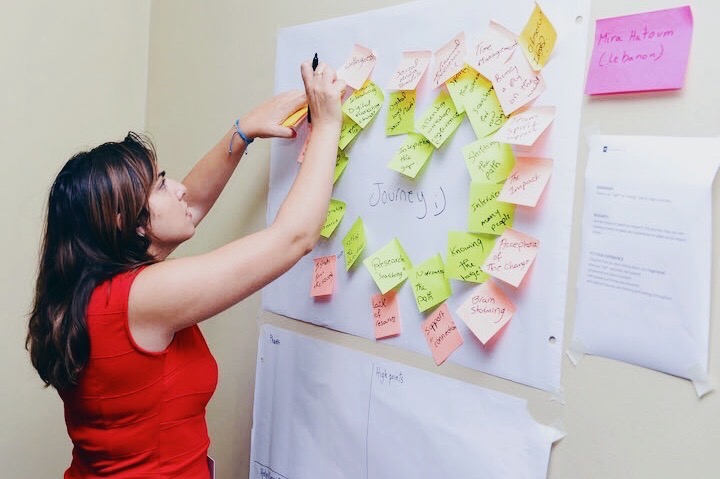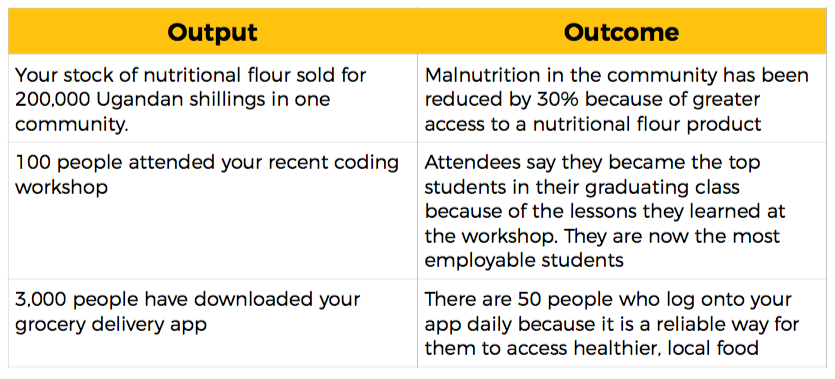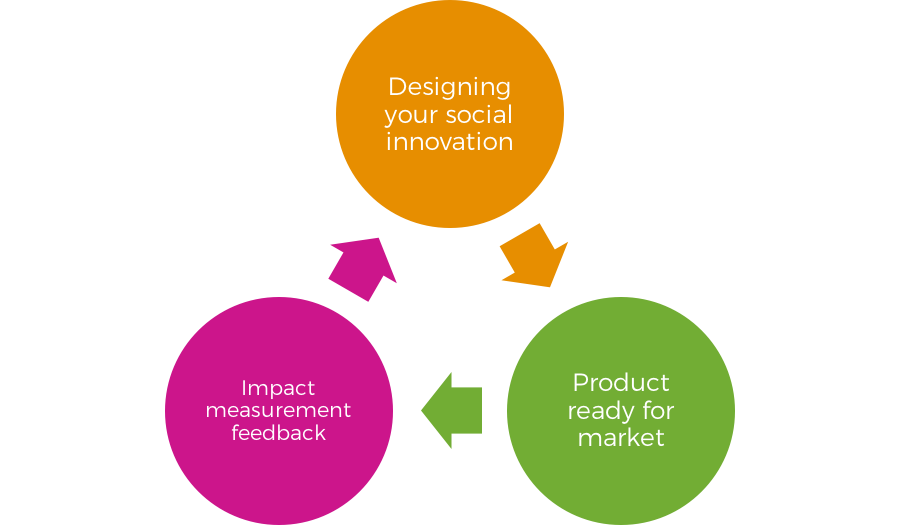4 Tips to Remember When Measuring the Impact of Your Social Enterprise

As a social innovator, you’re focused on creating positive change in your community. Measuring your impact is how you know if you’re successfully doing that. Impact measurement is helpful to understand how effectively your social innovation is serving the people it is meant to serve.
Here are four things to remember when measuring your impact.
1. Determine your “why”
It’s important to understand why you’re gathering information about your impact. “It is easy to collect data, but it does not always tell you the things you want it to tell you,” says Karim Harji, an impact measurement advisor.
For example, will you use the data to improve the programs at your after-school centre? Do you want to understand how you can make your homemade sanitary pads more accessible to rural women?
Once you identify the “why,” you will more easily understand how the data you collect can be used to improve your business.
2. Make measurement matter
Make impact measurement a core part of your project or business’ culture. Everyone on your team should understand why gathering data is important. One way you can do this is by explaining all the ways in which that information will help with your business.
For example, measurement can help better determine your audience and how to target them. It can inform your decision about a new partnership you want to pursue. It can help you regularly improve your product.
Find a way to make measurement an essential part of your daily business. After all, you are not just gathering data, you are gaining a better understanding of how to bring value to your beneficiaries and your community.
3. Know the difference between outputs and outcomes
Data collection often focuses on outputs — things that are tangible, relatively easy to count, and easily measurable. However, this presents an incomplete picture of what is happening as a result of your initiative.
You also have to look at the outcomes, which are the medium and longer-term changes in behaviours, social conditions, and economic and social progress. Outcomes can be gathered through focus groups, qualitative and open-ended questions, stories, and more.

Focus on outcomes when measuring the impact of your social initiative. Only focusing on outputs means you won’t be able to show how your initiative is solving challenges in your community.
Even positive outputs may have a deceiving background. Here is an example of why: it may seem positive that your social enterprise has created recycled educational toys for an entire primary school (your output), but further research into the impact may find that these toys are sitting unused because the children are not using them to learn (your outcome). Gaining this valuable insight means you can go back to the design stage with your toys.
4. Trade information for information
You rely on others when measuring your impact. Reward people when possible, even if you are just asking a short list of questions or having them share their story. In this case, a reward is not financial — instead, you can provide people information in exchange for their information.
Think: what can you offer people to thank them for sharing their experience? One idea is to share how the feedback they gave is improving your innovation. This could be something like “because you told me the solar water pump was too difficult to install, I was able to adjust its design and now it is easier for everyone to use.”
You are creating a feedback loop:

Showing someone that their feedback is valued means they are more likely to help you again in the future.
Additional resources
Acumen has created a lean data field guide that offers a detailed walkthrough of how to measure your impact. It will help you define the impact you are trying to achieve, choose a technology to use in your data collection, and find questions that will gather the best information.
Betterevaluation.org also has useful sections on approaches and evaluation options to get you started.
Once you are regularly measuring your impact, you can be confident that your social innovation is not just a good idea, but is also successfully reaching your desired beneficiaries.
What methods do you use to measure your impact? Has this changed your social innovation? Comment below!
Tags
Are you our next Community Leader, Digital Champion, or Social Innovator? Learn more about how to join #DOTYouth
Join #DOTYouthShare this Post
More ARTICLES
Read more like this.